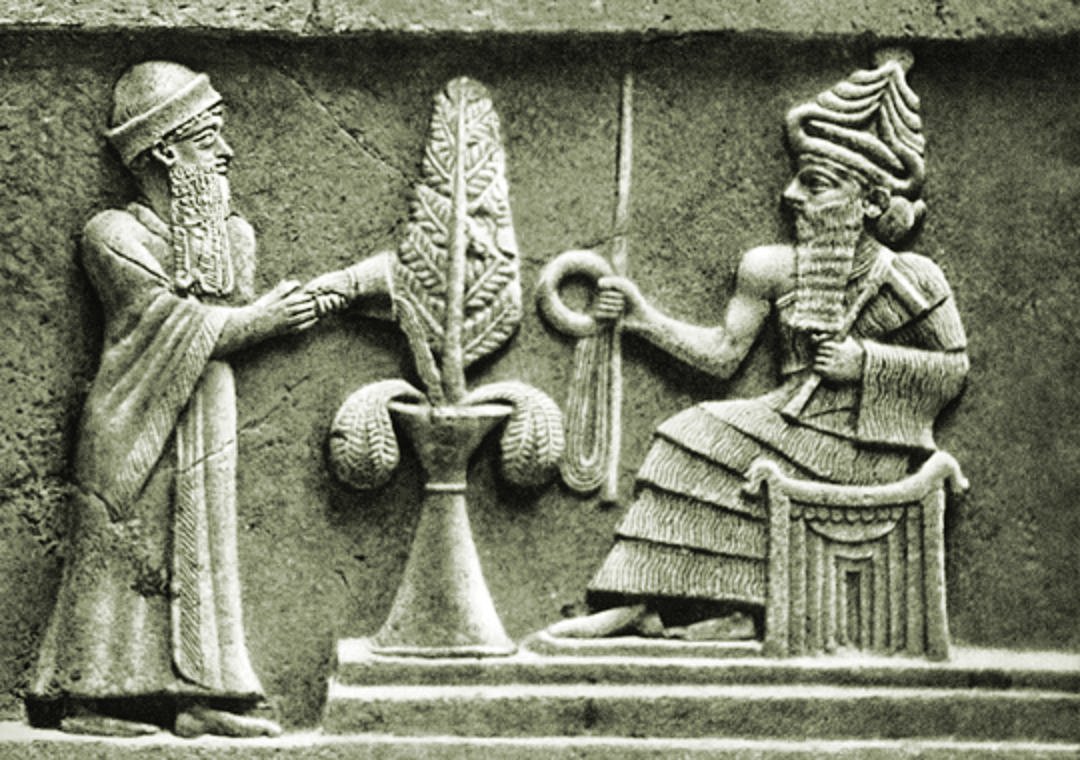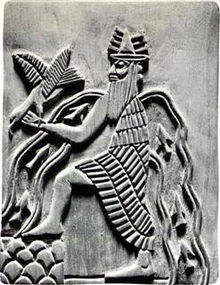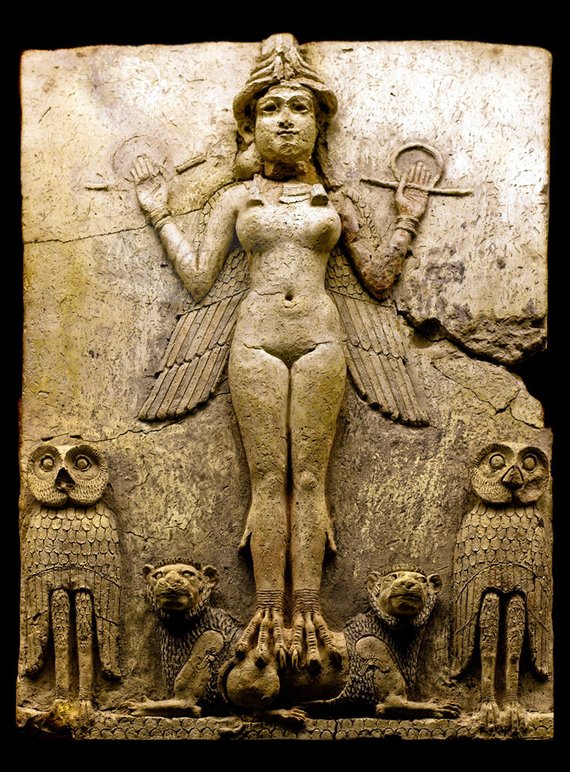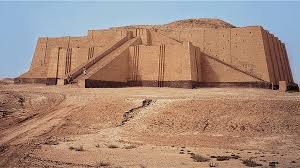Mesopotamia
3. Sumerian
3.1. Religion
Sumerian city states. Each city state had its main patron god. The inhabitants worshipped the god, who was recognized as the official head of the city state. The god was represented by the priests so actually the priests ruled the state = theocracy. The priests administered the state, organized work, collected taxes, kept food supplies. The richer the cities got the more enemies they had. It was necessary to build city walls, keep the army, have a military commander. The commanders became important, took over the power, unified more city-states under their rule, became emperors, but officially titled themselves deputies of the gods
So the religion was Polytheism – many gods – each city had its own main god.
Sumerians used to worship the forces of nature (eg. the force making grain grow, the force bringing floods, the force preserving harvested grain) but gradually gave them human qualities and so gods in charge of various tasks appeared.
Here we will name some of their main gods:
Enlil – god of the air, main god supreme over all the others, ruler of the rulers

An – god of the sky
Enki – god of the earth

Ishtar or Inanna – goddess of love and fertility

Samash – god of the sun and justice
They used to build Temples named the Ziggurats which look mostly like the Mayan pyramids.
Ziggurats were built of dried clay bricks in the form of a stepped (terraced) pyramid. On the top, there was a temple dedicated to the main god of the city as the patron of the city. (eg. Marduk was the main god of Babylon)

